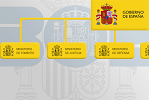Disposal of household waste
Content
What is household waste?
Household waste is hazardous or non-hazardous waste generated in homes as a result of household activities. Waste that is similar in composition and quantity to the above but is generated in services and industries is also considered to be household waste, as long as it is not generated as a consequence of the activity performed by the service or industry. This could be, for example, leftover food or packaging thrown away by employees in waste bins in the office area of an industrial facility.
Waste generated in homes, such as used cooking oils, waste electrical and electronic equipment, textiles, batteries, accumulators, furniture, fittings and mattresses, as well as waste and debris from minor construction and home repair works, is also included in this category.
Any waste from the cleaning of public roads, green spaces, recreational areas and beaches, deceased pets and abandoned vehicles is also considered to be household waste.
Services related to household waste
Local authorities are responsible for providing – and must do so – services for the collection, transport and treatment of household waste generated in homes, businesses and services. The waste separation model and collection and treatment systems therefore depend on each local authority’s own organisation and are regulated in the relevant municipal by-laws. However, local authorities must set up an adequate collection network including recycling centres or, where appropriate, alternative delivery points from which the local authority agrees to collect waste free of charge.
Household waste separation models
In Spain there are various separation models for different types of household waste,![]() depending on the number and type of fraction to be separated by the user at source. The most common models are the following.
depending on the number and type of fraction to be separated by the user at source. The most common models are the following.
- Five fractions: glass
 , paper and cardboard
, paper and cardboard ,
,  l
l ight packaging
ight packaging , organic waste and other waste.
, organic waste and other waste. - Four fractions: glass, paper and cardboard, light packaging and other waste (including organic waste).
- Four fractions + pruning waste: glass, paper and cardboard, light packaging, other waste (including organic waste) and garden waste.
These primary or ordinary collections are supplemented by other specific collections of bulky waste, batteries![]() , textiles
, textiles![]() , oils
, oils![]() and others. In addition, increasing numbers of municipalities already have household waste recycling centre services.
and others. In addition, increasing numbers of municipalities already have household waste recycling centre services.
Law 7/2022 of 8 April on waste and contaminated soil for a circular economy amends these collection models, extending the waste fractions for which separate collection is compulsory. Separate collection of biowaste has thus been compulsory since 2024 (and has been compulsory since 30 June 2022 for municipalities with more than 5 000 inhabitants). Textiles, used cooking oils and hazardous household waste must also be collected separately from 2025 onwards.
Household waste collection systems
Collection systems are the set of resources that facilitate the collection of household waste from where they are deposited to the first destination. The configuration of the collection systems is linked to the selected separation model. The most common systems are the following.
- Door to door. This system consists of depositing waste for the collection service outside the door of the residence or business, in bags, small containers or in bulk, according to the days and times set out for the collection of different fractions.
- Surface/underground containers. This system is the most common. It consists of placing containers on public roads where citizens can deposit their household waste. The containers are subsequently emptied by the collection services.
- Pneumatic. This system consists of a number of waste containers connected by means of underground pipes at the intake point, from which waste is transported through the circuit using suction.
- Household waste recycling centres. These are sorting centres for depositing and storing household waste that is not collected at home. Such waste includes metal, cables, wood, clothes, furniture, waste electrical and electronic equipment, radiographs and light bulbs. These facilities are mainly intended for use by individuals and small businesses (including small industries and municipal services) in accordance with the specifications of the corresponding municipal by-laws. These household waste recycling centres can be fixed or mobile.
- Specific collections. In addition to household waste recycling centre services, other specific collections with different service methods and locations – such as on-demand collections, collections at facilities or collections from businesses – are also provided for some fractions such as batteries, medicines, waste electrical and electronic equipment, bulky waste, textiles, debris, or pruning and vegetable waste.
Information for each Autonomous Community



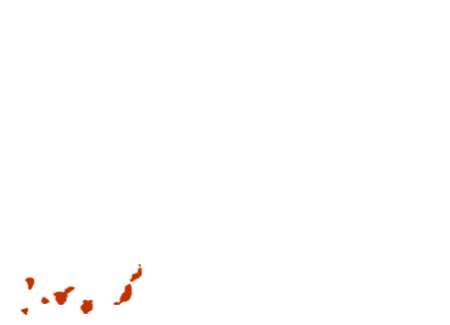


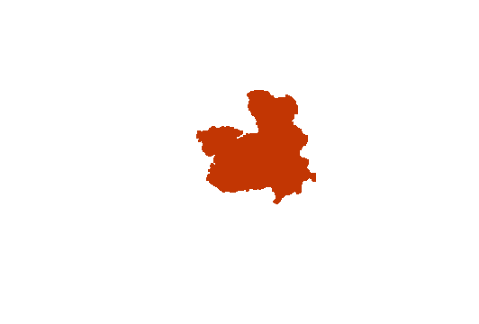
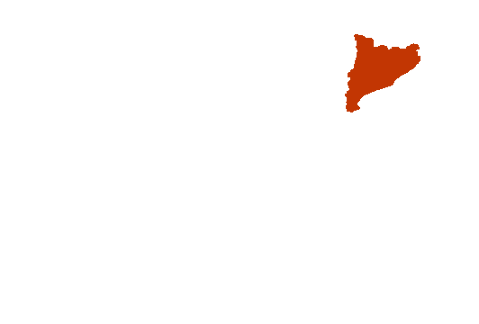

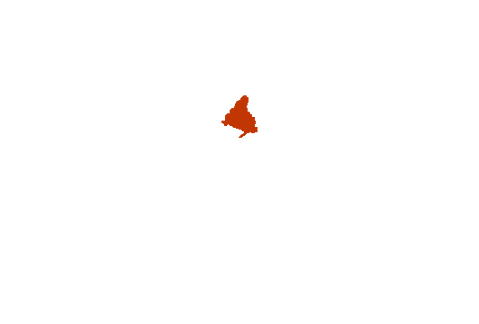

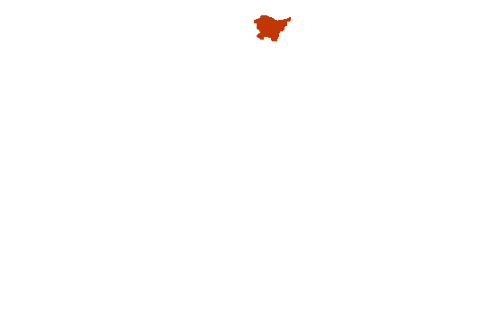
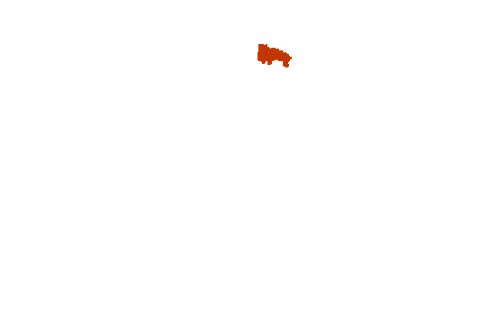
Andalucía Aragón Asturias, Principado de Balears, Illes Canarias Cantabria Castilla y León Castilla-La Mancha Cataluña Ciudad de Ceuta Ciudad de Melilla Comunitat Valenciana Extremadura Galicia Madrid, Comunidad de Murcia, Región de Navarra, Comunidad Foral de País Vasco Rioja, La
Information from local authorities
Municipal councils have rules on the collection of household waste. They are obliged to provide this service and may charge for it.
Access to the Local Government Map![]() to select the relevant municipality.
to select the relevant municipality.







